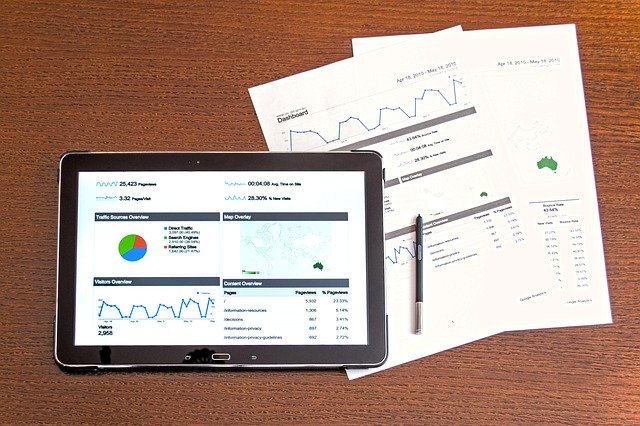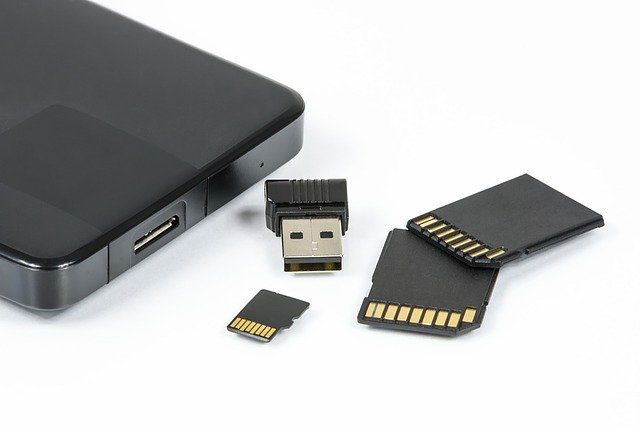There are plenty of reasons why you might consider migrating your moving company’s data to a new CRM. After all, the market for CRM software solutions is flourishing these days; there are plenty of options for any industry and any niche. On the one hand, that means you can have your pick of CRM programs. On the other, it also means you can choose wrong.
You’ll find that many subpar solutions come with a lot of flaws; bad integration with other software, data privacy issues, mounting expenses, etc. In that situation, the only sensible thing to do is to perform a migration to a new platform. However, that can be an intensive task; which is why we’ll give you a couple of tips on completing the transition successfully!
Basics of moving your company’s data
Before we get into the specifics of moving your company’s data to another CRM solution; what exactly does such a migration entail? Primarily, this means exporting the data found in the old CRM to the new tool that you intend to use. And as you do this, you will first need to perform some data analytics. As you probably know already, one of the biggest benefits of CRM is its utility in data management.

Considering that, your company probably keeps a lot of employee and client information within the CRM. You will need to go through this data before you start the migration. In these situations, there is always data that needs to be deleted, updated, organized differently. Naturally, there’s also a lot that you won’t have to change at all.
Best practices
As you plan out moving your company’s data to the right software solution, you’ll realize that there are three basic ways you can approach this task:
- Bulk file transfers
- Third-party software
- Custom tools
Bulk file transfers
Generally speaking, almost every CRM software contains some sort of data export option. So, you can be fairly confident that you’ll be able to export the entirety of the data from the old CRM as a single archive file. Then, you can simply import it into the new software.
As you might assume, this isn’t as easy as it sounds; mainly because not all CRM software solutions are mutually compatible. If the two programs have different data structures, you’ll have to try another way.
Third-party software
Whatever you need to do on a computer these days; you can bet that there is some software out there that will automate the process. Or, at the very least, make it easier. The same is true for migrating your moving company’s data to a new CRM. There are applications out there that can do the task for you. However, you may encounter a problem similar to the one described above. If the old and the new CRM are widely different, this route may not work either. Though, we should point out that this is rarely the case.
Custom tools
If you’re tech-savvy, or someone else in your company is; this is probably one of the best practices when it comes to migrating your moving company’s data. You can create a custom tool or a script that will make use of API calls between the two applications. Though, this approach will probably require a software developer; which isn’t a big issue if you’ve got a tech department in your company.

Making preparations
Now that you’ve chosen your approach to this process, you can begin making the necessary preparations for the data migration.
First of all, you need to compare the two CRM systems to see what kind of fields and data they use. After that, you can fully analyze all of the information and data from the old CRM. Study its types and formats, as well as the structure of the organization. At this point, you’ll be able to spot any duplicate data and get rid of it. Once you’re done with that, it wouldn’t be a bad idea to come up with a data map. It will give you a clear overview of what’s supposed to go wherein the new system.
Backing up
If you’ve already used a CRM with your business, you know that the data it stores is extremely valuable. With that in mind, we recommend making a data backup; just in case anything should go awry. That way, you’ll be certain that no matter what happens, the company is at no loss.

Scripting and exporting
This step depends on what method you’re using; out of the ones that we’ve talked about above. If you’re going with a custom tool, now is the time for you (or your IT specialist) to write the custom script that you’ll use. Otherwise, if your data is already backed up, you can export it and attempt importing it into the new CRM.
Testing
If you’ve created a custom tool for CRM migration, this is an extremely important phase. In fact, regardless of what kind of new tool you create; testing is definitely a must. Before putting all of the data from the old CRM through the tool and potentially corrupting it; make sure you attempt transferring a smaller chunk of the data. That way, you can see if everything will go over correctly with the entire data set afterward. Only attempt making the final transfer once the people working on the tool are satisfied with the results.
Stay Informed
Subscribe for industry
news & updates
"*" indicates required fields

